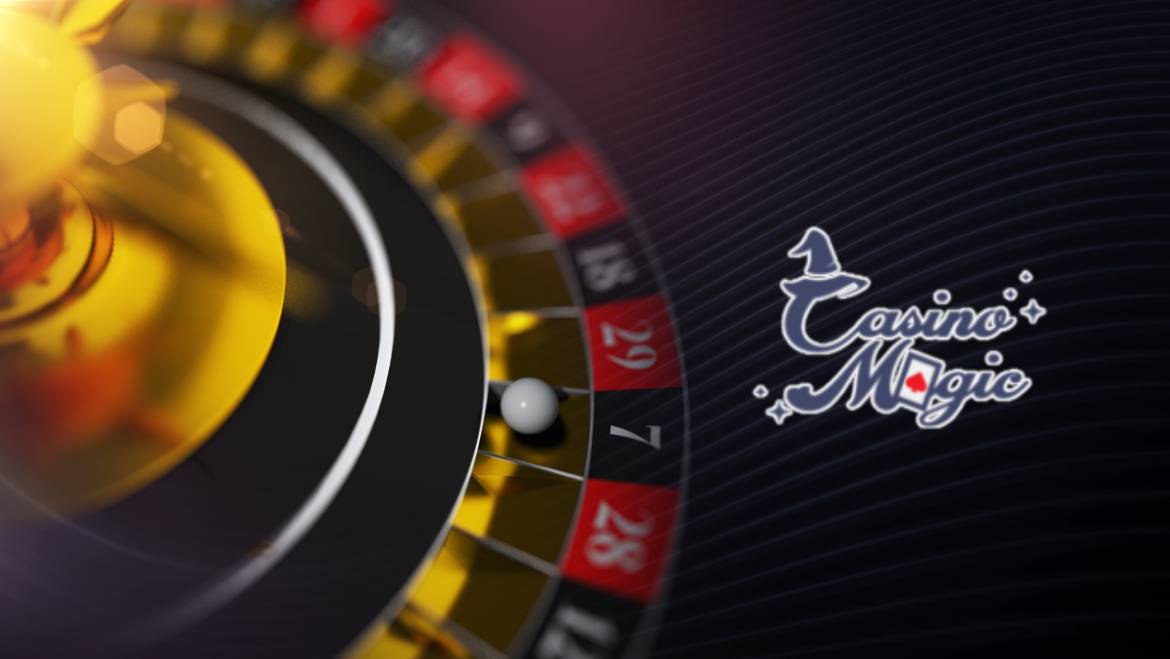Understanding The Basics: Baccarat Rules Explained
Have you ever walked into a casino and been intrigued by the elegant game of Baccarat? Maybe you’ve always wondered how to play this mysterious game but never really understood the rules. Well, worry no more! In this article, we will break down the basics of Baccarat and explain the rules in an easy-to-understand manner.
Baccarat is one of the oldest and most popular casino games in the world. It has a reputation for being a game of high stakes and sophistication, often associated with James Bond-like characters. However, the rules of Baccarat are actually quite simple and straightforward. Whether you’re a beginner or a seasoned gambler, understanding the basics of this game is essential to enjoy and potentially win big at the casino.
Basics of Baccarat
Baccarat is a popular and timeless card game with a rich history and a reputation as a game of sophistication and elegance. This simple yet thrilling game is a favorite amongst high-rollers and casual players alike.
How to Play Baccarat
Baccarat is a popular card game often found in casinos. The game is played between the player and the banker, and the goal is to bet on the hand that will have a total value closest to 9.
The value of cards in baccarat is as follows: Aces are worth 1 point, 2-9 are worth face value, and 10s and face cards are worth 0 points. If the total value of the cards exceeds 9, only the second digit is used, so a hand with a 7 and an 8 would equal 5.
The possible outcomes of a baccarat game are: player wins, banker wins, or a tie. Betting on the player’s hand pays out 1:1, while betting on the banker’s hand pays out 1:1 minus a 5% commission fee. A tie pays out 8:1.
The player and banker receive their initial cards, and a third card may be dealt based on specific rules. For example, if the player’s total is 0-5, they receive a third card. If the player stands, the banker may draw a third card if their total is 0-5.
There are variations of baccarat, like Mini-Baccarat and Chemin de Fer, each with its own set of rules. Strategies for playing baccarat include betting on the banker due to the lower house edge, and managing your bankroll effectively.
Objectives of the Game
In the game of Baccarat, the main objective is to correctly guess which hand, either the Banker’s or the Player’s, will have a total closest to 9. Players can also bet on the possibility of a tie between the two hands. The key points of the game include the following:
1. Players place their wagers with chips on either the Banker’s hand, the Player’s hand, or a tie before the cards are dealt.
2. Each hand is dealt two cards, and the total sum of the cards is counted. If the total exceeds 9, the first digit is dropped to determine the final value (e.g., a total of 15 becomes 5).
3. If either the Banker’s or the Player’s hand has a total of 8 or 9 after the initial deal, this is considered a “natural” win.
4. If neither hand has a natural win, a third card may be drawn according to specific rules for each hand.
5. The outcome of the game depends on which hand has the closest total to 9, or if there is a tie.
Overall, Baccarat is a guessing game where players aim to predict the winning hand or a tie, and can potentially win based on their wagered outcome.
Card Values in Baccarat
In Baccarat, the card values are as follows: numbered cards (2-9) have a face value, meaning a 2 is worth 2 points, a 3 is worth 3 points, and so on. Tens and face cards (10s, Jacks, Queens, and Kings) have a value of zero, hence, they are not counted in the total points. The ace, on the other hand, is worth 1 point. It is important to note that in Baccarat, the ace cannot be used as a high-value card, unlike in blackjack where it can be worth 1 or 11 points. This difference in the handling of the ace is a fundamental distinction between the two games, and it is important for players to be mindful of this when playing Baccarat.
Types of Bets in Baccarat
In the game of baccarat, there are three main types of bets that a player can place: the player bet, the banker bet, and the tie bet.
The player bet is a wager on the player’s hand to win. If the player’s hand wins, the player bet pays even money.
The banker bet is a wager on the banker’s hand to win. If the banker’s hand wins, the banker bet also pays even money, but a 5% commission is typically taken by the casino on these bets.
The tie bet is a wager that the player and banker hands will tie. If the tie bet wins, it typically pays out at 8 to 1 or 9 to 1, but this can vary depending on the specific casino’s rules.
Each of these bets has its own set of odds and house edge, so it’s important for players to understand the differences between them before placing their bets. The player and banker bets are typically the best options for players, as they have lower house edges compared to the tie bet.
Understanding House Edge in Baccarat
Baccarat is a popular casino game that attracts players with its simple rules and potential for high payouts. However, like all casino games, it is important for players to understand the house edge and how it can impact their overall experience.
Importance of House Edge
In the game of baccarat, the house edge plays a crucial role in determining the odds and influencing the player’s decision-making process. The house edge refers to the advantage that the casino has over the players, affecting the likelihood of winning and the potential payouts. Understanding the impact of the house edge is essential for players to make informed choices and maximize their chances of success.
In baccarat, the significance of the house edge becomes evident when considering the different bet options. The banker bet holds a lower house edge compared to the player bet, making it a more favorable choice for players aiming to increase their winning potential. By taking the house edge into account, players can strategically select their bets to improve their overall odds of winning.
When considering the house edge, players should also factor in commission fees and the long-term advantage that the casino holds. These key factors can significantly affect the outcome of the game and inform the player’s approach to baccarat. By being mindful of the house edge and its related elements, players can make informed decisions that align with their gaming strategy and maximize their chances of success in baccarat.
How House Edge Works in Baccarat
In baccarat, several factors contribute to the house edge, including the commission on the banker bet (usually 5%), the odds in favor of the banker and player bets, and the tie bet, which has the highest house edge of around 14.36%. The banker bet has a house edge of approximately 1.06%, while the player bet has a slightly higher house edge of around 1.24%.
The house always has an advantage over the players in the long run due to the built-in house edge. This means that, statistically, the casino will win more often than the players. While individual outcomes may vary, over time, the house edge ensures that the casino comes out on top.
It is essential for players to recognize and bet within their limits to play responsibly. This means understanding the odds of the game and not betting more than one can afford to lose. Responsible gambling includes setting and sticking to a budget, knowing when to walk away, and not chasing losses.
Understanding the house edge and betting responsibly are crucial elements of enjoying baccarat and other casino games while minimizing the risk of financial harm.

Popular Betting Options in Baccarat
When it comes to popular betting options in Baccarat, there are a few strategies that many players employ. The Martingale Strategy is a popular one, where players double their bet after every loss in order to eventually recoup their losses and make a profit. The Paroli Strategy is the opposite, where players double their bet after every win, with the goal of maximizing their winnings during a winning streak.
Another popular strategy is the Fibonacci Strategy, which involves betting according to the Fibonacci sequence (1, 1, 2, 3, 5, etc.). This strategy is based on the mathematical sequence and is said to be a more conservative approach to betting.
The Labouchere Strategy, also known as the cancellation system, is another popular betting option in Baccarat. This strategy involves writing down a sequence of numbers and betting the sum of the first and last numbers in the sequence. If the bet wins, those numbers are crossed out, and if it loses, the sum is added to the end of the sequence.
Each of these strategies has its own merits and drawbacks, and the effectiveness of each strategy ultimately depends on luck and the individual player’s risk tolerance. It’s important for players to carefully consider their betting options and choose the strategy that best fits their playing style.
Conclusion
In conclusion, understanding the basics of Baccarat rules or バカラ ルール is essential for anyone interested in playing this popular card game. By familiarizing oneself with the rules, players can make informed decisions and enjoy the game to its fullest. Whether it’s understanding the card values, knowing the different betting options, or grasping the objective of the game, a solid understanding of Baccarat rules sets the foundation for an exciting and rewarding gaming experience.
